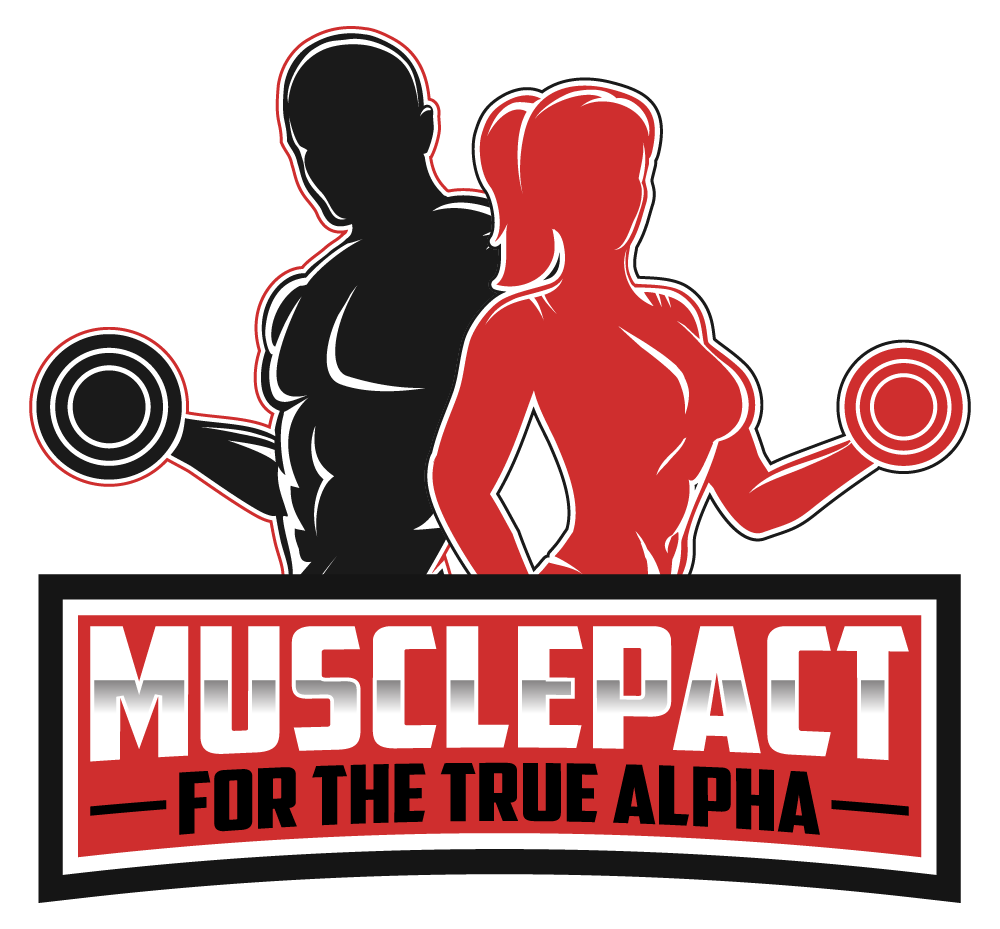What is the definition of “muscle recovery?” It appears to mean that after a race or training workout your body can clawback. You are fit and able to work once more after muscle recovery of the body.
How very much your body evolves as well as how much your performance is improved relies on how well you can recover and how swiftly. The quicker you heal, the earlier you can continue the next workout session afterward. A body that is completely healed is much more robust. Plus, you do not seem to get too easily hurt. In fact, it’s mostly during the moment after your exercise that the body enhances its performance.
Training is intended to your body exhaustion
The interesting thing is that you will be methodically exhausting one’s body during exercise. Bones, ligaments, muscles, and tendons are strained, and your resources of energy are drained. This causes a reduction in results initially, and thereafter your body begins working to regain your performance level right after the workout. “The body might use the recovery process to increase its functionality to an innovative level and create longer-lasting reserves, given the time required. If there is just enough time with this procedure and until the next workout the body cannot fully recover, the body will react with instability or lower performance, “emphasizes the operating expert, Sascha Wingenfeld. The rest step decides if the body can boost its efficiency, and how rapidly. Or if it’s just too much for the total sum of the workouts.
Two Basic ways to muscle recovery
There are essentially two recuperation types: passive and active.
Passive
We depend entirely on the body’s natural Muscle Recovery process and hope it will be sufficient to reimburse for the strength training well as it can and regain its physical attributes as early as possible.
Active
Often, we can significantly affect the process of muscle recovery. Active support indicates that a series of approaches are used to enhance the body during the rest period. The effect: It takes your body almost no time to heal. “We could get back to practice slightly quicker or enhance our exercise intensity which ultimately leads to increased performance in such a shorter time,” explains Sascha.
Measures for quicker muscle recovery?
Sascha has come up with a list of its most effective recuperation techniques. Adopt them to enhance your after-workout efficiency.
Relax down phase
Always complete the training session for a quicker recovery with a short “cool-down phase” Halt your speed down to recovery ferocity over the last 10 minutes. Through doing so, the body slowly gets back to usual for the metabolism and cardiovascular system. It also splits off any concentrations and decreases muscle hyperacidity.
Stretching
Complete a simple and quick stretching program, on every training session. This helps to decrease any tightness immediately after having run, so you can recover quicker. Your muscle recovery process may already start getting ready to work again. Stretching also tends to decrease muscle spasms by immediately following your workout, and the muscles remain patient.
Kneipp method (cold/warm baths)
You need to have a shower thusly, after your training session. Adapting this may help you as a quicker muscle recovery procedure. Have a shower for at least half a minute, swapping between cold ice and warm water. Repeat this 5-8 times over. This same ice water will keep your muscles from getting fatigued and endangering. In comparison, the warm water encourages blood flow and calms your muscles and tendons.
Ice bath
The muscle recovery process can work incredibly hard in the case of especially vigorous runs, that there is real muscle injury. That’s when a spotlight on muscle recovery is so essential. “After the exercise, the ice bath decreases blood supply throughout the muscles and prevents the severe bleeding of those wounds.
A power nap plan
There is indeed a direct bond between both the body and the mind. Our bodily responses are regulated by our feelings. This law of nature forms the basis for every element of active relaxation. Which include autogenic training, progressive relaxation of the muscles, meditation, yoga and so much more. A power nap plan as limited as ten min has also been demonstrated to lower tightness and accumulation of lactate in the muscles.
